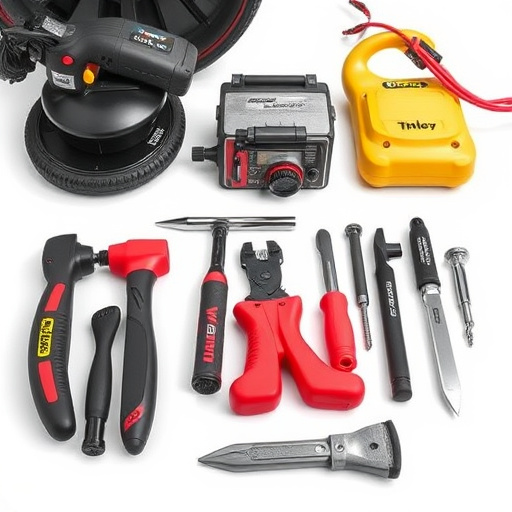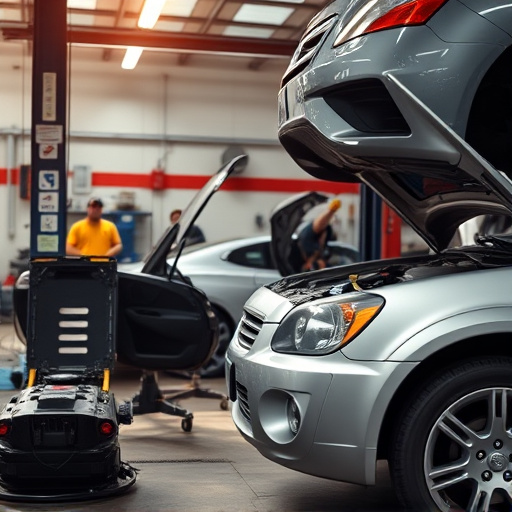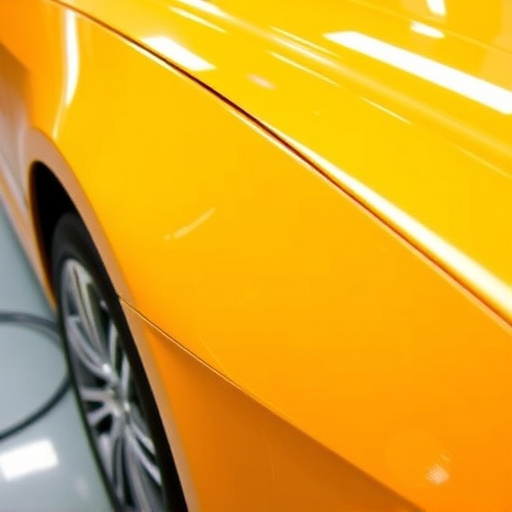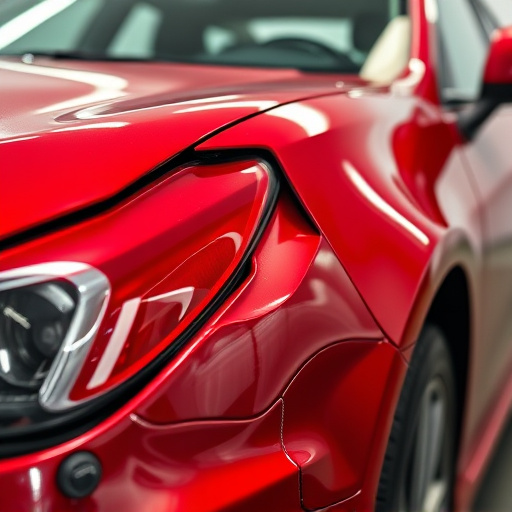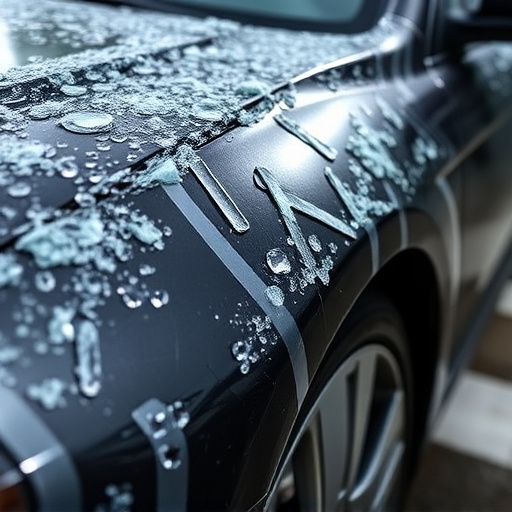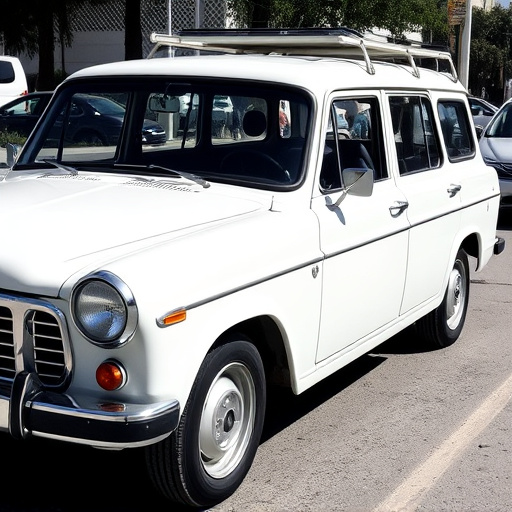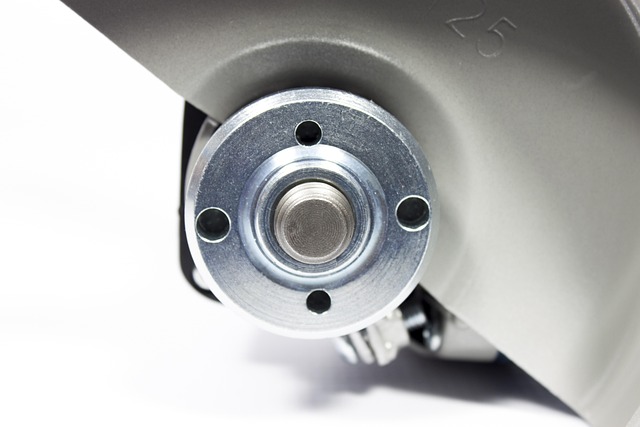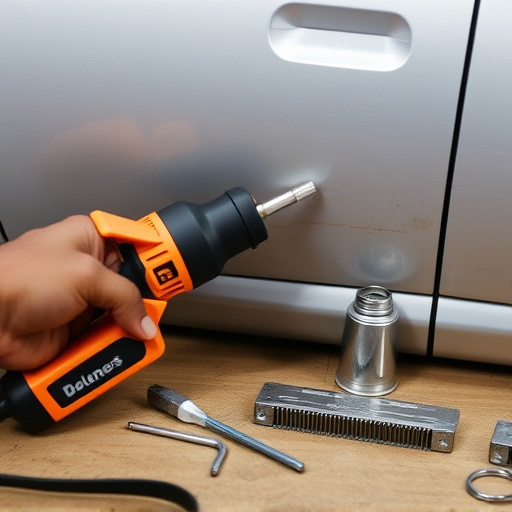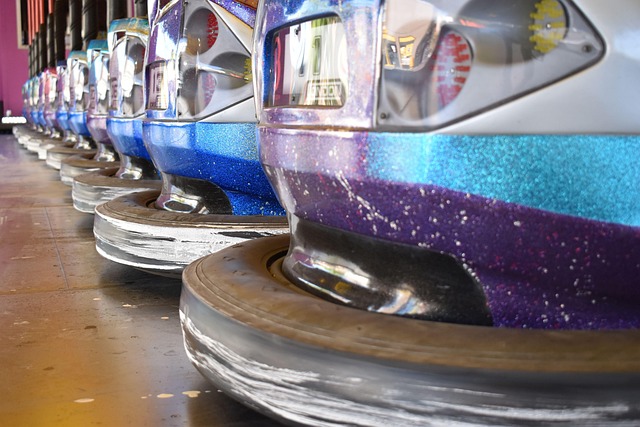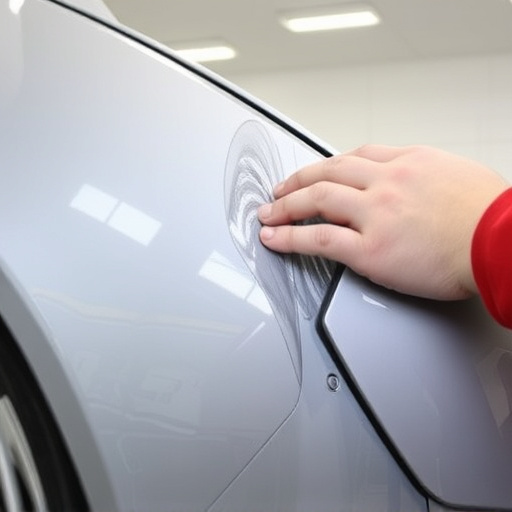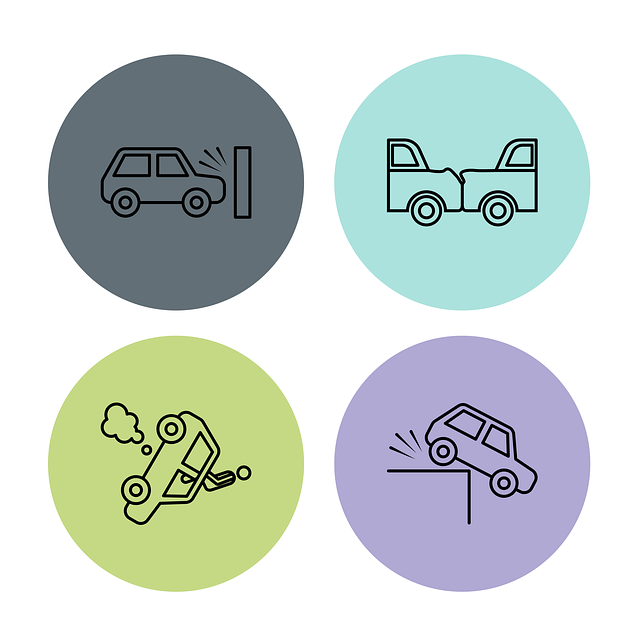Mercedes aluminum repair requires specialized care due to aluminum's unique properties, demanding precise techniques and adherence to factory specifications to prevent corrosion and maintain structural integrity. Certified auto collision centers employ advanced welding methods like resistance spot or TIG welding, along with CAD/3D modeling, to ensure high-quality repairs that preserve both the vehicle's aesthetics and safety, emphasizing the importance of skilled technicians, top materials, and adherence to industry standards in this niche field.
Mercedes aluminum repair is a specialized process that demands precision and adherence to factory standards. The unique alloy compositions and intricate designs of Mercedes-Benz vehicles necessitate the use of specific welding methods for any repair work. This article delves into the intricacies of Mercedes aluminum repair, emphasizing the importance of factory-specified welding techniques, addressing common challenges, and providing best practices for maintaining superior repair quality.
- Understanding Mercedes Aluminum Repair: The Importance of Factory-Specified Welding
- Common Challenges in Mercedes Aluminum Repair and How to Overcome Them
- Best Practices for Maintaining and Restoring the Quality of Mercedes Aluminum Repairs
Understanding Mercedes Aluminum Repair: The Importance of Factory-Specified Welding

Mercedes aluminum repair requires a meticulous approach due to the unique properties of aluminum alloys. This metal is lighter and more susceptible to corrosion than traditional steel bodies, making it a game-changer in modern vehicle design but also demanding specialized care during repairs. When dealing with Mercedes vehicles, whether in an automotive body shop for paintless dent repair or extensive vehicle collision repair, adhering to factory-specified welding methods is paramount.
These methods are meticulously engineered to match the specific aluminum alloys used by Mercedes, ensuring structural integrity and long-term durability. Deviating from these specifications can lead to weaknesses in the welds, compromising the safety and overall quality of the repair. Thus, skilled technicians must employ precise techniques, specialized equipment, and high-quality materials to perform Mercedes aluminum repair, preserving both the vehicle’s aesthetics and structural soundness.
Common Challenges in Mercedes Aluminum Repair and How to Overcome Them
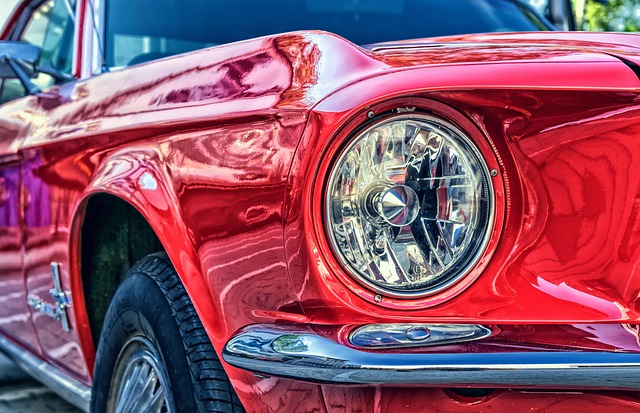
Mercedes aluminum repair can present unique challenges due to the material’s inherent properties and the high standards set by Mercedes-Benz for their vehicles. One of the primary difficulties lies in achieving a strong, lasting bond when welding aluminum components. Unlike steel, aluminum is more prone to corrosion and has a complex thermal conductivity, making traditional welding techniques less effective. As such, certified auto collision centers often employ specialized welding methods like resistance spot welding or TIG (Tungsten Inert Gas) welding, ensuring the repair strength matches the original factory specifications.
Overcoming these challenges in Mercedes aluminum repair requires skilled technicians who understand the material’s behavior. Auto repair services that specialize in this area invest in advanced equipment and stay updated with the latest industry standards. By adhering to these meticulous practices, auto collision centers can deliver top-quality car damage repairs, ensuring the structural integrity and safety of Mercedes vehicles while maintaining their pristine aesthetics.
Best Practices for Maintaining and Restoring the Quality of Mercedes Aluminum Repairs

Maintaining the quality of Mercedes aluminum repairs is paramount to ensure structural integrity and aesthetic appeal. The best practices for this involve adhering strictly to factory-specified welding methods, using only high-quality aluminum alloys and certified welding rods. Advanced techniques like computer-aided design (CAD) and 3D modeling can aid in precise measurements and alignment, minimizing errors that could compromise the repair’s strength. Regular quality checks during the repair process are crucial, including visual inspections, stress tests, and non-destructive testing methods to verify the integrity of welds.
Restoring the quality of Mercedes aluminum repairs requires a meticulous approach that combines technical expertise with careful attention to detail. Skilled technicians should employ proper surface preparation techniques, such as degreasing, sanding, and priming, to ensure optimal adhesion for paint or coating. Additionally, utilizing specialized tools and equipment designed for aluminum repair, including precision cutting tools and advanced welding machines, helps achieve factory-like finishes. Regular training on the latest auto body work techniques and staying updated with Mercedes’ design changes are essential to maintaining a high standard of workmanship in this specialized field.
In conclusion, successful Mercedes aluminum repair demands adherence to factory-specified welding methods. By understanding the unique challenges and implementing best practices, professionals can ensure these repairs maintain the same quality as the original build. This approach is key to preserving the integrity and value of Mercedes vehicles, emphasizing the significance of specialized techniques in modern automotive maintenance.
